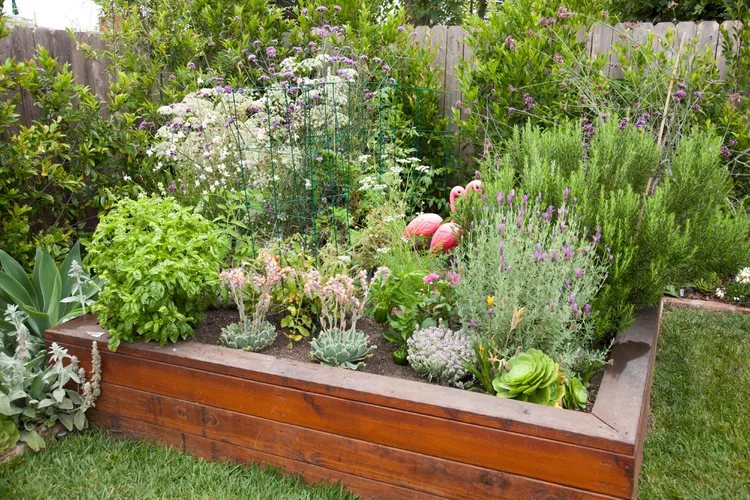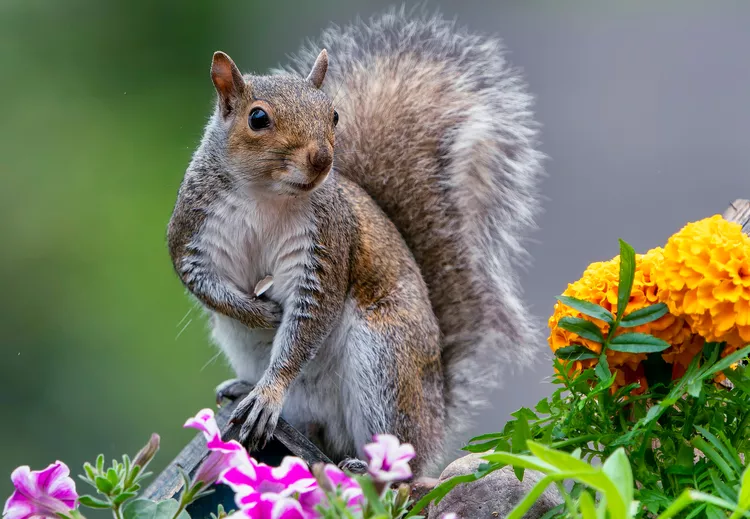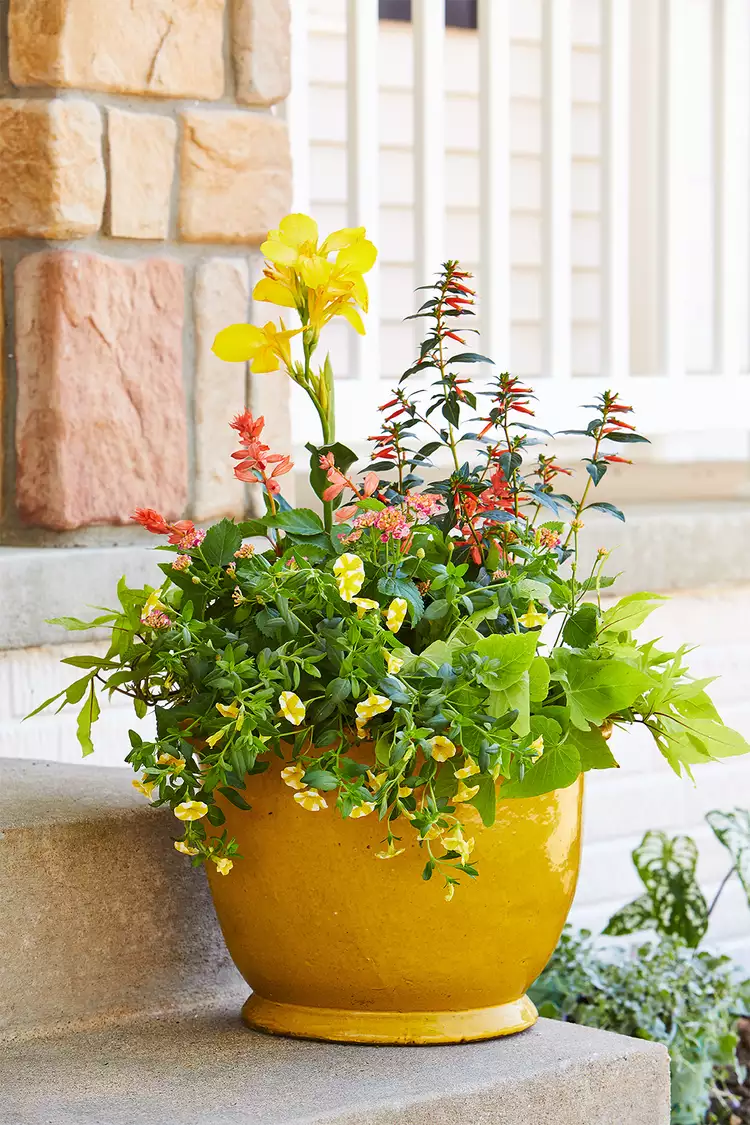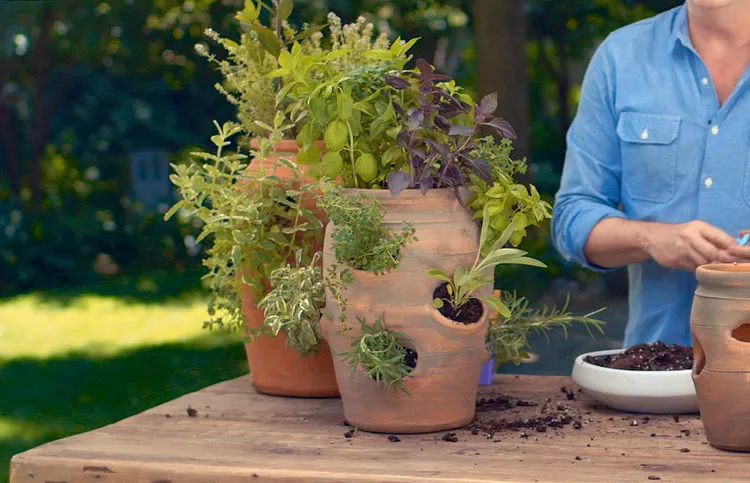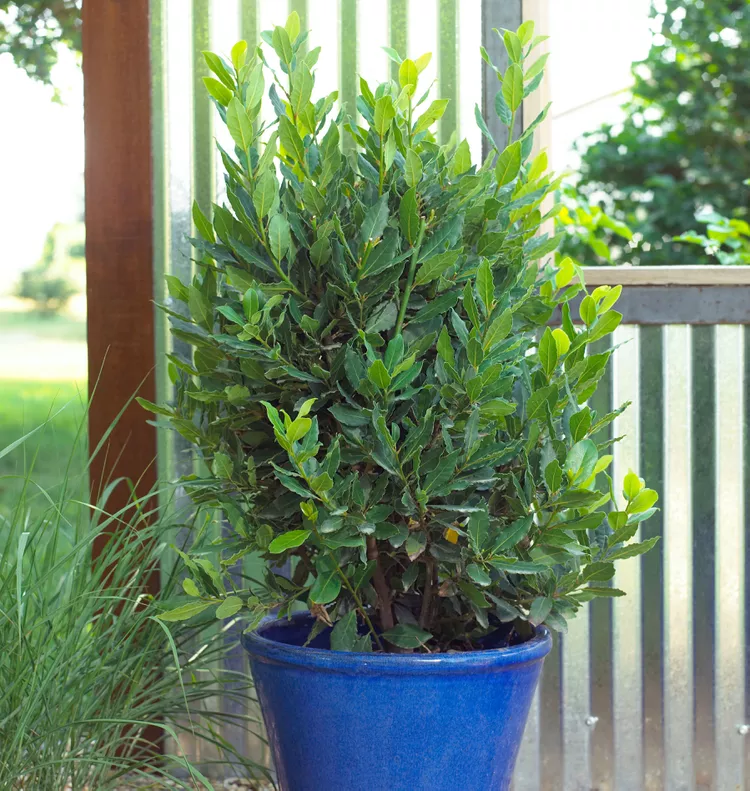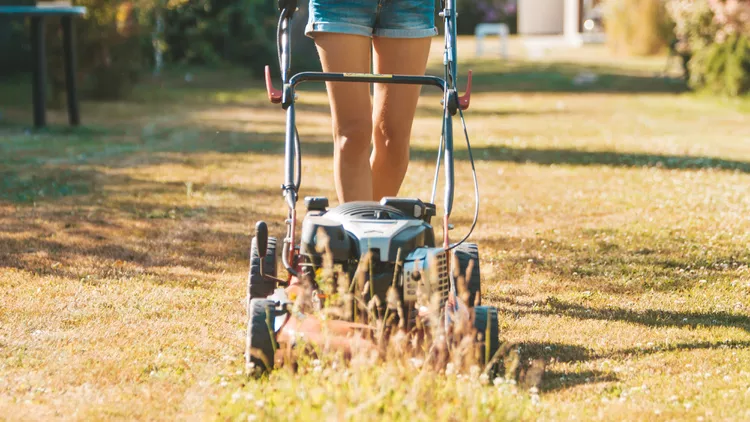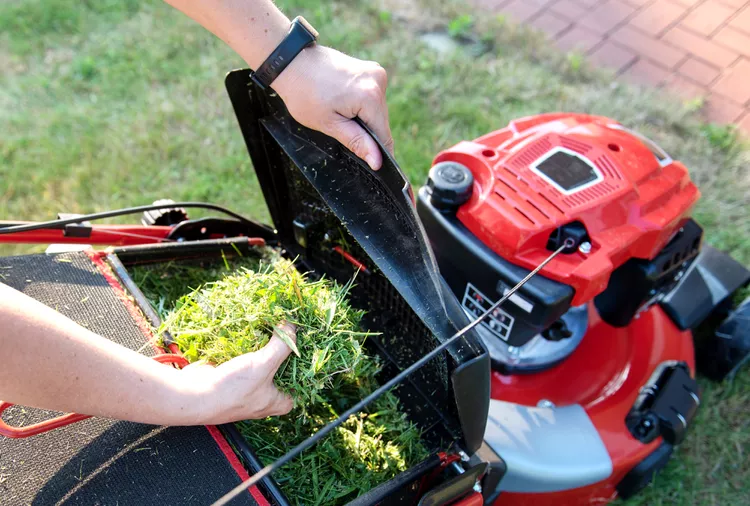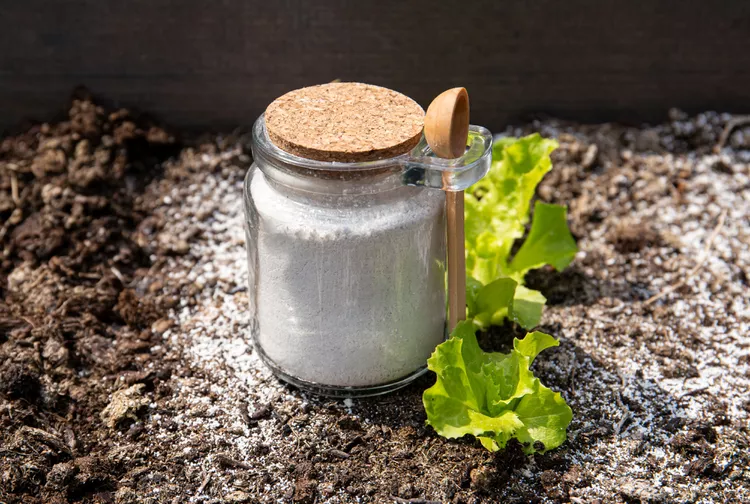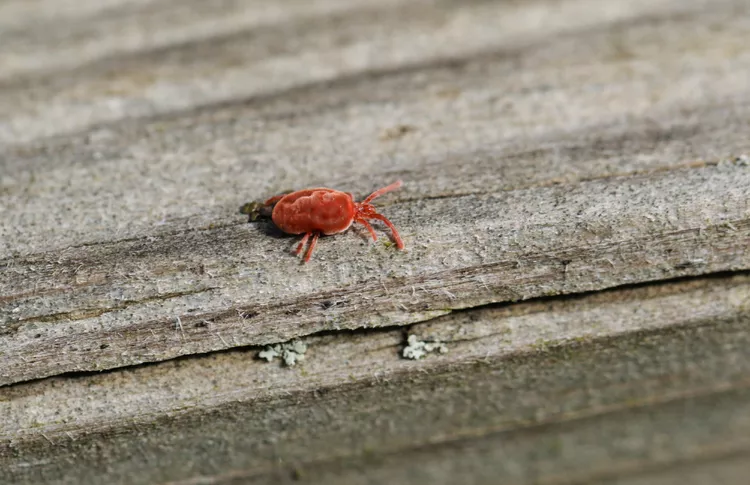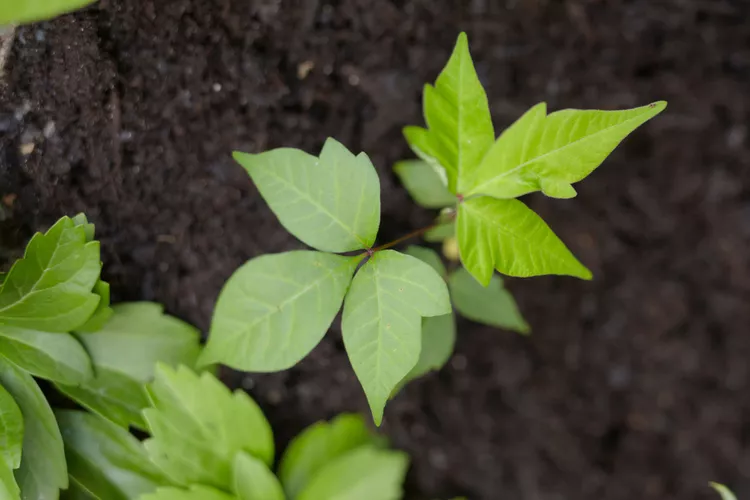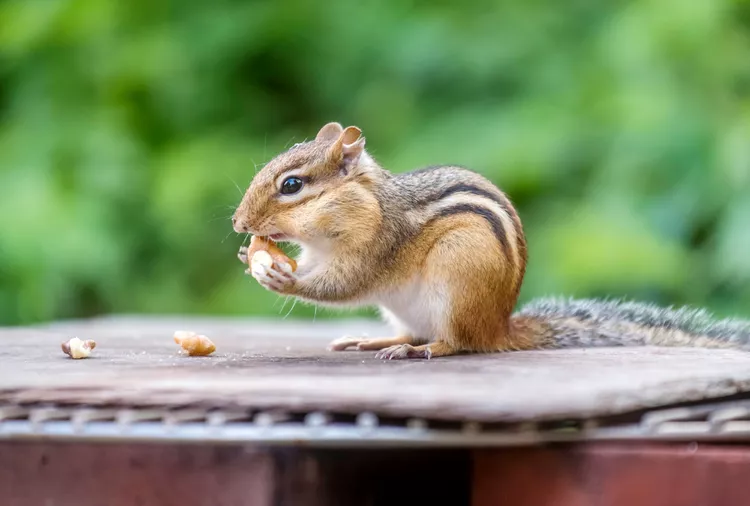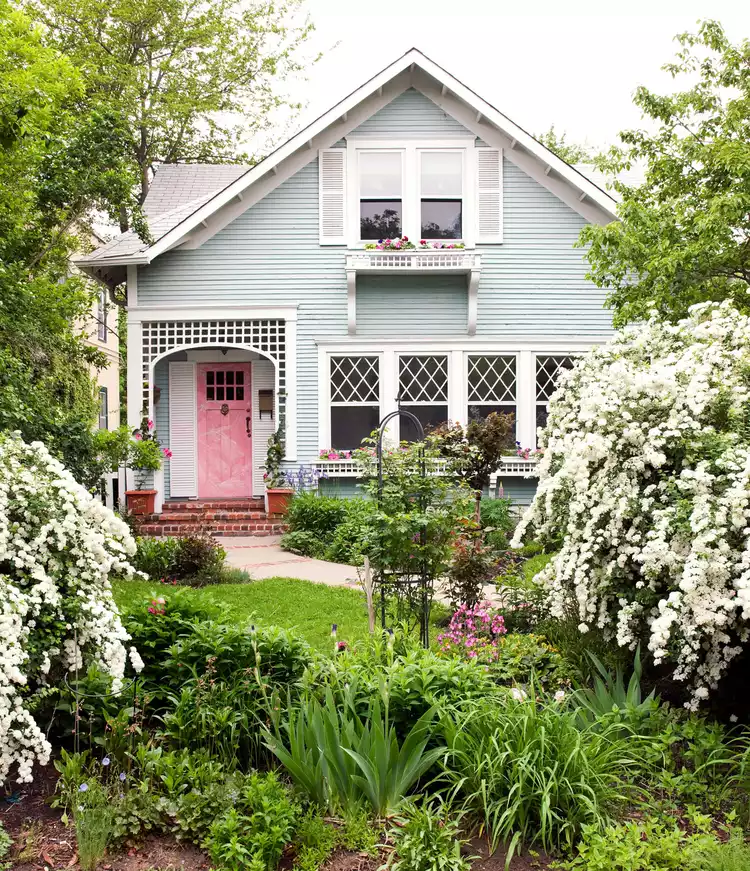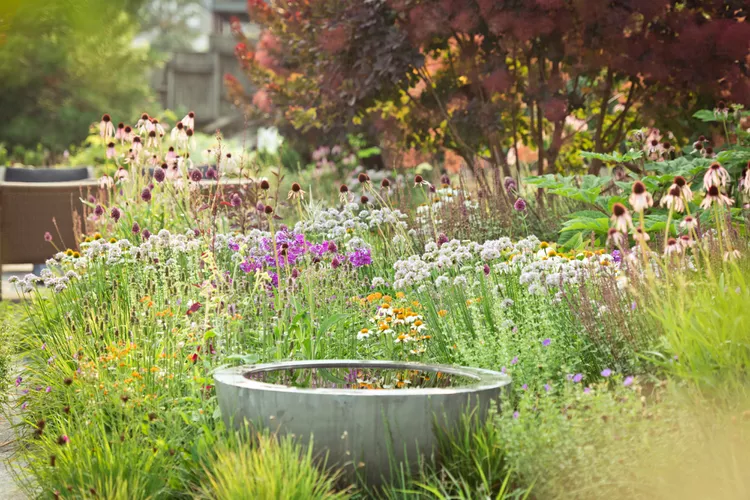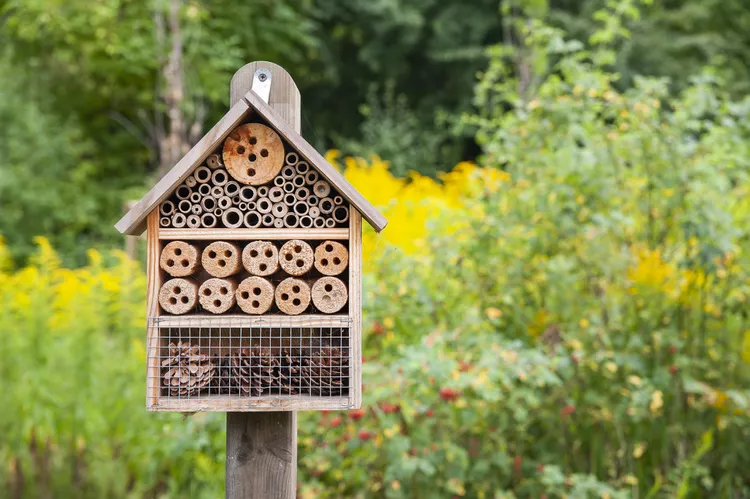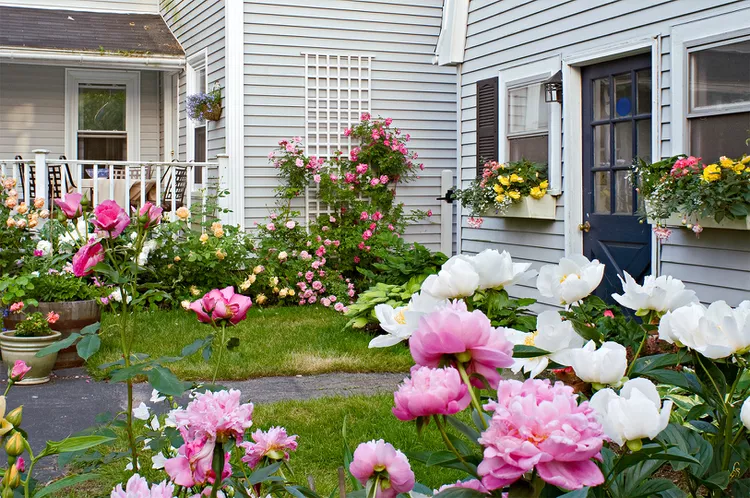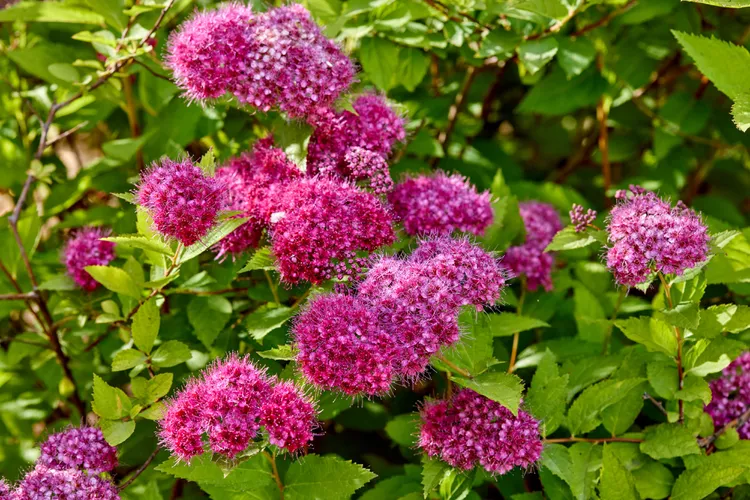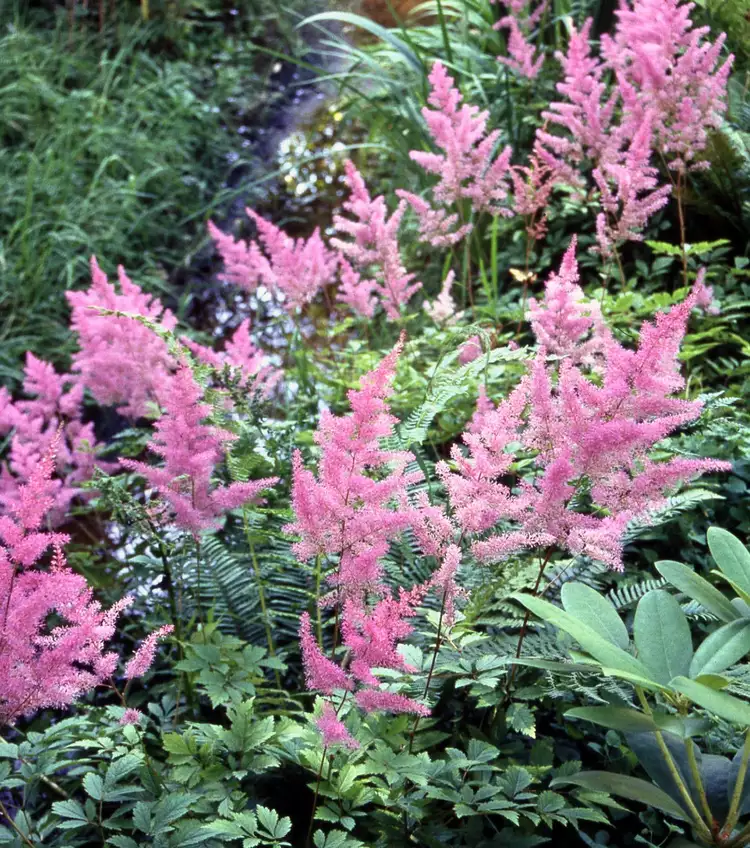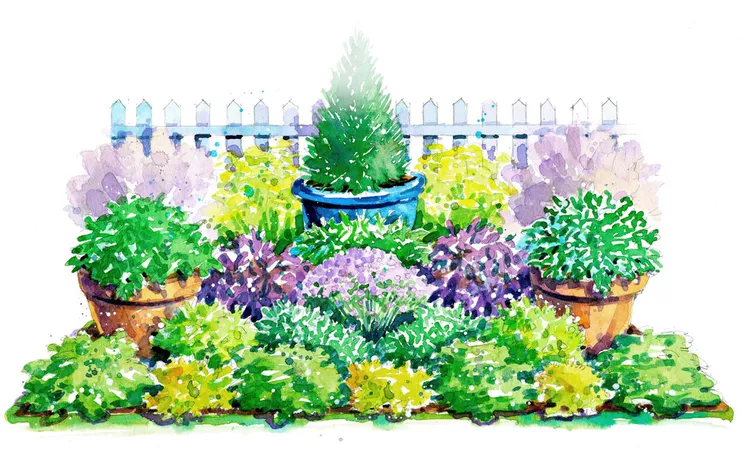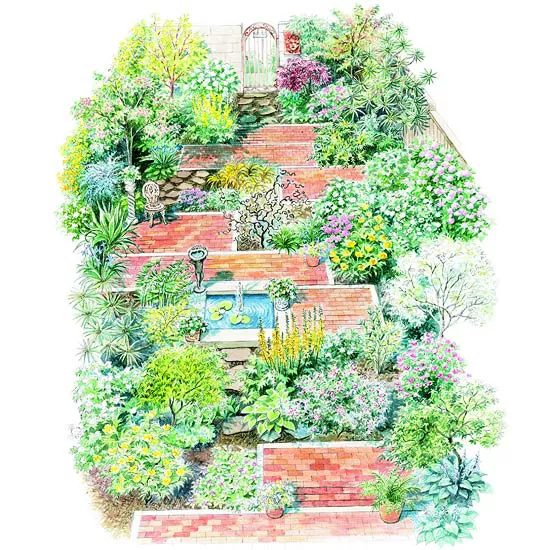There’s something incredibly satisfying about growing fresh fruits, vegetables, and herbs—especially when they’re right outside your door. Whether you have a sprawling backyard or a compact balcony, these edible landscaping ideas provide fun ways to transform your outdoor space into a feast for your eyes and taste buds.
1. Use raised beds.
Raised beds make home gardening easier and help organize your outdoor space. Elevating your garden makes planting, weeding, and harvesting a breeze. Raised beds can be made from untreated wood, stone, concrete blocks, or metal. They are an excellent option for almost any home because they can be made or purchased in a size to fit any space—large or small.
For easy access to your plants, limit the bed width to a maximum of 2 feet if you can only access it from one side or 4 feet if you can access it from both sides.
2. Plant fruit trees.
Apple, pear, peach, plum, and cherry trees add vertical interest to your outdoor space. With hundreds of varieties—including many dwarfs—adaptable to many regions, these trees are an excellent choice for any garden. Many can also be grown in planters, making them perfect for smaller outdoor spaces, such as apartment or condo balconies. In addition to giving you a sweet harvest, these trees can beautify your outdoor space with their blossoms in spring and colorful fruit and leaves in summer and fall.
3. Try an edible groundcover.
Swap out traditional groundcovers with edible options like creeping thyme, alpine strawberries, nasturtiums, or oregano to add functionality and flavor around your home. These versatile, low-growing plants can be used along garden pathways, as lawn alternatives, between pavers or stepping stones, and as garden edging. Not only will they provide fresh, homegrown ingredients for your kitchen, but they also suppress weeds, attract pollinators, and prevent soil erosion.
4. Grow edible flowers.
Nasturtium, calendula, viola, borage, and pansies are beautiful and edible. Some flowering bushes such as roses, elderberry, hibiscus, and lilacs also provide edible blossoms. Many of these plants grow equally well in a garden bed or container, making them highly versatile.
Try using edible flowers to add a dash of color to salads, infuse them into syrups for unique cocktail flavors, freeze them into ice cubes to add a decorative touch to drinks, sprinkle them as garnishes over both sweet and savory dishes, or make custom tea blends.
5. Mix in herbs.
Integrate herbs into your landscape by designating a specific area in your yard for herbs like basil, rosemary, mint, and sage. Containers are also perfect for patios and balconies—mix a variety of herbs in one pot for a lush, green display that’s easy to move around. Herbs like lavender, thyme, and chives can be planted as borders along flower beds or pathways. Herbs are also great for filling gaps in your annual or perennial flower beds.
6. Go vertical.
If space is tight in your yard or balcony or you want to create a shady spot, install a trellis, arbor, or lattice. Plant grapes on an arbor so the ripening fruit dangles within easy reach for picking. Climbing vegetables, such as beans, peas, melons, cucumbers, winter squash, and Malabar spinach (shown here), also thrive with support, producing abundant food in a small footprint. Growing these vegetables vertically often results in higher yields compared to traditional ground planting.
7. Add containers and hanging baskets.
Containers and hanging baskets aren’t just for showy annuals. Use them to create an edible landscape just steps from your door. Plant lettuce in containers in early spring for gourmet salad greens. Grow cherry tomatoes in hanging baskets so their fruit tumbles down the sides. Create themes with your containers or baskets. Fill a salsa container garden with tomatoes, peppers, cilantro, and onions. A pizza container garden might have tomatoes, peppers, basil, oregano, parsley, and onions.
8. Grow herbal hedges.
If you want to add formality to your garden, plant herbal hedges around your property. You have many options, depending on how tall you want the hedge. Lavender hedges grow between 1 to 3 feet tall, rosemary hedges reach 2 to 6 feet tall, and bay laurel hedges can grow between 3 and 12 feet tall. Plus, these herbs can be pruned to maintain the hedge height and shape you desire, making them versatile and delicious.
9. Make space for berries.
Nothing compares to the taste of freshly picked berries in the summer. So, make some space in your yard for strawberries, blackberries, blueberries, currants, or raspberries. They are low-maintenance plants that produce abundantly.
If space is tight, add a strawberry tower to your patio or balcony. These towers are made of stacked pots or specifically designed planters with multiple planting pockets that allow you to grow many strawberry plants in a small area. They also keep the strawberries off the ground and away from pesky rodents and insects that would love to munch on them.
10. Mix ornamentals and edibles.
Edible landscaping doesn’t have to be all or nothing, and not every plant in your outdoor space needs to be edible. Instead, mix edibles and ornamental plants for a more functional (but just as beautiful) space.
For example, add purple kale or rainbow chard to your flower beds or containers for a striking and delicious display. Tuck tomato plants among your flowers. Artichokes and cardoons have silvery foliage and thistle-like flowers that are dazzling in large decorative containers and can add height and variety to annual flower beds.
11. Embrace the playful and quirky.
Experiment with unexpected vegetables in your outdoor space, such as pumpkins, colorful corn, or luffa gourds (shown here). Pumpkins planted on the edge of a garden bed will spill out into your lawn, providing a playful feel to your yard. Corn can be placed at the back of flower beds for a unique privacy screen. Luffa gourds can be dried and used as natural sponges. The pumpkins and corn will come in handy as home-grown fall decor, while luffa sponges make excellent gifts.
